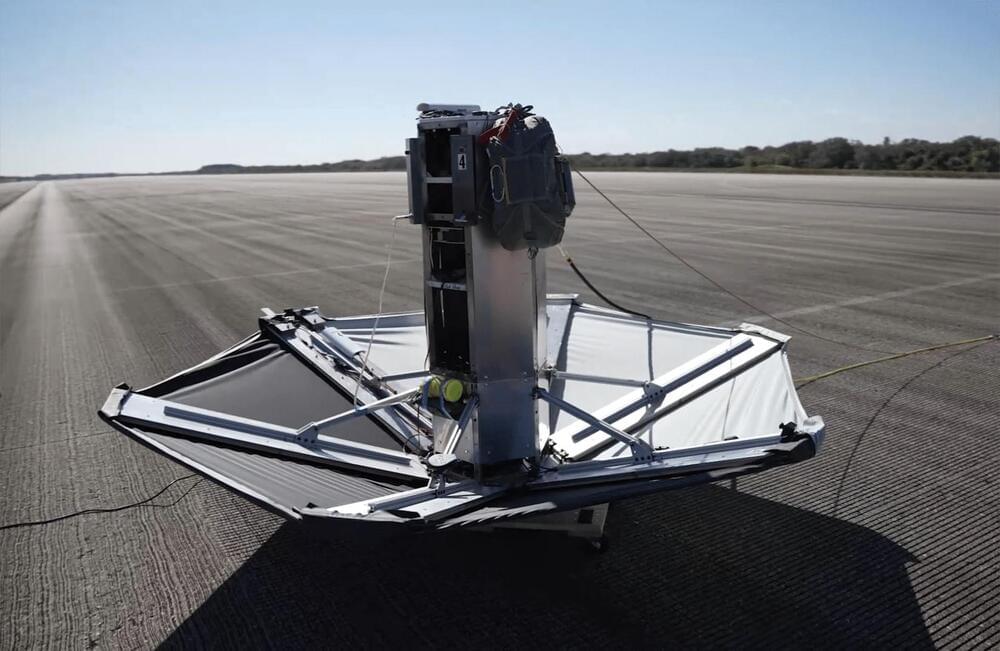Researchers say understanding the concept of working memory is crucial. But to make a difference in schools, better training, screening, assessments and curricular design are needed, finds Holly Korbey.
Get the latest international news and world events from around the world.


Improved prime editing system makes gene-sized edits in human cells at therapeutic levels
“It’s exciting to see the high efficiency and versatility of eePASSIGE, which could enable a new category of genomic medicines,” added Gao. “We also hope that it will be a tool that scientists from across the research community can use to study basic biological questions.”
Prime improvements
Many scientists have used prime editing to efficiently install changes to DNA that are up to dozens of base pairs in length, sufficient to correct the vast majority of known pathogenic mutations. But introducing entire healthy genes, often thousands of base pairs long, in their native location in the genome has been a long-standing goal of the gene-editing field. Not only could this potentially treat many patients regardless of which mutation they have in a disease-causing gene, but it would also preserve the surrounding DNA sequences, which would increase the likelihood that the newly installed gene is properly regulated, rather than expressed too much, too little, or at the wrong time.
Chongzhi Zang, PhD, understanding the fundamental mechanisms about how genes function in the genome
Enjoy the videos and music you love, upload original content, and share it all with friends, family, and the world on YouTube.
The universe is significantly older than previously thought
In a groundbreaking discovery, the James Webb Space Telescope (JWST) has presented data that directly challenges our current understanding of the universe. For years, cosmologists have pegged the universe’s age at approximately 13.8 billion years. Yet, the new JWST findings suggest that this may be a vast underestimation. But how has one telescope managed to disrupt such a long-held belief?
The universe’s secrets are vast, but none has been as puzzling as the presence of ‘impossible early galaxies’—so named due to their peculiar formation periods.
According to existing models, these galaxies, emerging during the cosmic dawn, roughly 500 to 800 million years post-big bang, shouldn’t have evolved disks and bulges so quickly. “It’s akin to seeing a toddler with the wisdom of an octogenarian,” says a scientist, explaining the paradox.
Bye-bye, blood boys; hello, plasma glow-up
Navigating the frontiers of longevity: therapeutic plasma exchange and its implications.
Therapeutic plasma exchange (TPE) has emerged as a contentious longevity treatment, touted for its potential to rejuvenate the body.
In another effort to live longer, wealthy Silicon Valley-ites are ditching young blood for plasma exchange.


Sierra Space Ghost: Revolutionizing Global Logistics
Company Awarded AFRL Contract to Investigate the Delivery of Five-to-Ten-Ton Capacity Containers Anywhere in the World in 90 Minutes
LOUISVILLE, Colo. – October 3, 2024 – Sierra Space, a leading commercial space company and defense-tech prime that is Building a Platform in Space to Benefit Life on Earth® and protect economic freedom in the Orbital Age®, announced today that it has been awarded a competitive, firm-fixed-price contract for the Rocket Experimentation for Global Agile Logistics (REGAL) program by Air Force Research Laboratory (AFRL). This new contract aims to revolutionize logistics and materiel returns from space, placing Sierra Space at the forefront of defense and space logistics innovation.
Earlier this year, the company unveiled its Sierra Space Ghost decelerator – a revolutionary logistics spacecraft designed for rapid payload return from Earth orbit – and shared the results of successful beta flight testing. The REGAL contract will support efforts to conceptually design and scale this new breakthrough technology, with the goal of landing critical supplies anywhere on the planet within 90 minutes.

China unveils first breakthrough in domestic silicon photonics chip technology
China’s state-backed JFS Laboratory has unveiled the country’s first silicon photonics chip, a significant advancement that could revolutionize AI and high-performance computing. This novel technology uses lasers instead of traditional copper wires, offering increased bandwidth, reduced latency, and improved energy efficiency.
The Bioelectric Interface to the Intelligence of the Body: the future of biomedicine
This is a ~40 minute talk on the future of medicine from my perspective given remotely to students at the University of Bologna, Italy.